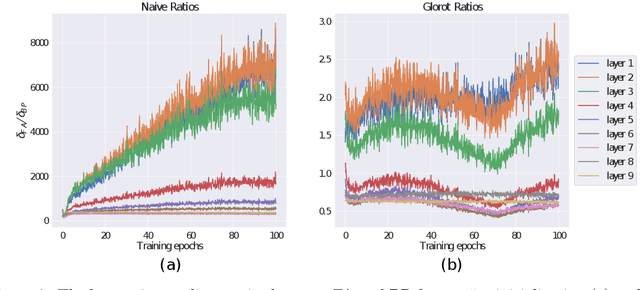Feedback alignment in deep convolutional networks
Paper and Code
Dec 12, 2018



Ongoing studies have identified similarities between neural representations in biological networks and in deep artificial neural networks. This has led to renewed interest in developing analogies between the backpropagation learning algorithm used to train artificial networks and the synaptic plasticity rules operative in the brain. These efforts are challenged by biologically implausible features of backpropagation, one of which is a reliance on symmetric forward and backward synaptic weights. A number of methods have been proposed that do not rely on weight symmetry but, thus far, these have failed to scale to deep convolutional networks and complex data. We identify principal obstacles to the scalability of such algorithms and introduce several techniques to mitigate them. We demonstrate that a modification of the feedback alignment method that enforces a weaker form of weight symmetry, one that requires agreement of weight sign but not magnitude, can achieve performance competitive with backpropagation. Our results complement those of Bartunov et al. (2018) and Xiao et al. (2018b) and suggest that mechanisms that promote alignment of feedforward and feedback weights are critical for learning in deep networks.
 Add to Chrome
Add to Chrome Add to Firefox
Add to Firefox Add to Edge
Add to Edge